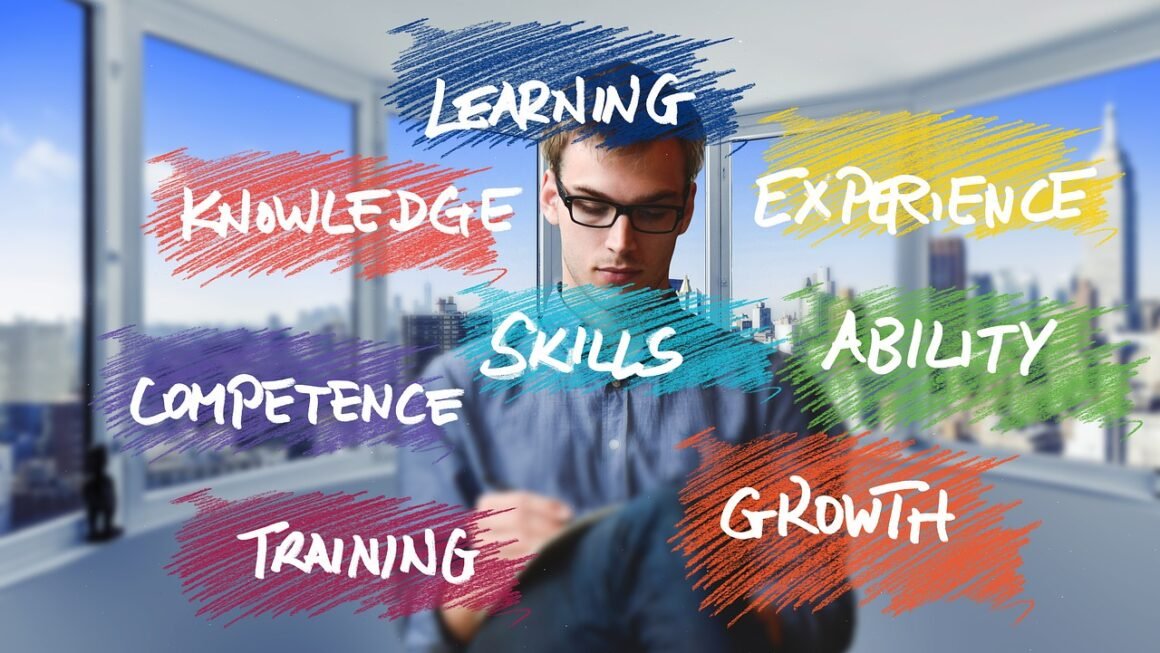Navigating the complexities of a distributed team requires a unique blend of trust, clear communication, and efficient workflows. But what if you could amplify these core elements with the power of artificial intelligence? AI for distributed teams isn’t just a futuristic fantasy; it’s a tangible reality that’s already transforming how remote teams collaborate, innovate, and achieve their goals. From streamlining communication to automating tedious tasks, AI offers a wealth of opportunities to boost productivity and foster a stronger sense of connection among geographically dispersed team members.
Streamlining Communication with AI
Effective communication is the lifeblood of any successful distributed team. However, time zone differences, language barriers, and varying communication styles can often lead to misunderstandings and delays. AI tools are stepping in to bridge these gaps.
Real-time Translation and Transcription
- Benefits: AI-powered translation tools like Google Translate, Microsoft Translator, and specialized business solutions allow team members to communicate seamlessly regardless of their native language. Real-time transcription services integrated into video conferencing platforms provide instant, accurate records of meetings, ensuring everyone is on the same page.
- Example: Imagine a marketing team with members in the US, Japan, and Germany. During a brainstorming session, the AI translation tool converts spoken English to Japanese and German in real-time, allowing everyone to participate fully without language barriers.
- Actionable Takeaway: Explore translation tools that integrate with your team’s preferred communication platforms to facilitate smoother and more inclusive conversations.
Enhanced Chatbots and Virtual Assistants
- Benefits: AI-powered chatbots can handle routine inquiries, provide quick answers to frequently asked questions, and direct employees to relevant resources. Virtual assistants can automate tasks such as scheduling meetings, managing calendars, and even creating summaries of lengthy email threads.
- Example: A company’s internal chatbot can instantly answer HR-related questions, freeing up HR staff to focus on more complex issues. Another chatbot can automatically triage customer support tickets, routing them to the appropriate team members.
- Actionable Takeaway: Implement chatbots to handle common inquiries and automate administrative tasks, freeing up your team to focus on more strategic work. Look for solutions that integrate well with existing tools like Slack or Microsoft Teams.
Boosting Productivity Through Automation
One of the biggest challenges for distributed teams is maintaining productivity across different time zones and work environments. AI can automate repetitive tasks, optimize workflows, and provide data-driven insights to improve efficiency.
Automating Repetitive Tasks
- Benefits: AI can automate tasks such as data entry, invoice processing, and report generation, freeing up valuable time for team members to focus on more strategic and creative activities.
- Example: Using Robotic Process Automation (RPA) tools, a finance team can automate the process of reconciling bank statements, reducing errors and saving hours of manual work each week.
- Actionable Takeaway: Identify repetitive tasks that consume significant time and explore AI-powered automation solutions to streamline these processes.
Project Management Optimization
- Benefits: AI-powered project management tools can analyze project data to identify potential bottlenecks, predict project completion dates, and optimize resource allocation. These tools can also provide personalized task recommendations to help team members prioritize their work.
- Example: An AI-powered project management platform can analyze historical data from similar projects to predict the likelihood of delays and suggest proactive measures to mitigate risks.
- Actionable Takeaway: Implement AI-enhanced project management software to gain better visibility into project progress, identify potential issues early on, and optimize resource allocation. Tools like Asana and Jira offer AI-powered features.
Enhancing Collaboration and Team Cohesion
Maintaining a strong sense of team cohesion is crucial for distributed teams. AI can help foster a more connected and collaborative environment.
AI-Powered Collaboration Platforms
- Benefits: Collaboration platforms equipped with AI can analyze team communication patterns to identify potential conflicts, suggest collaboration opportunities, and provide personalized feedback to improve team dynamics.
- Example: An AI system analyzes chat messages and email correspondence to identify early signs of conflict within a team. The system then alerts managers to address the issue before it escalates.
- Actionable Takeaway: Explore collaboration platforms that offer AI-driven insights into team dynamics and provide tools to improve communication and collaboration.
Virtual Team Building Activities
- Benefits: AI can power engaging virtual team-building activities such as online games, virtual escape rooms, and collaborative problem-solving exercises. These activities can help team members build relationships and strengthen their sense of belonging.
- Example: An AI-powered virtual escape room generates unique puzzles and challenges tailored to the team’s skill set. The AI also provides personalized feedback and guidance to help the team solve the puzzles more effectively.
- Actionable Takeaway: Incorporate AI-powered virtual team-building activities into your team’s regular schedule to foster camaraderie and improve team morale.
Improved Employee Monitoring and Well-being
While employee monitoring often has negative connotations, ethical applications of AI can actually benefit employee well-being in distributed environments.
Proactive Well-being Support
- Benefits: AI can analyze communication patterns and work habits to identify signs of burnout or stress. This data can be used to proactively offer support and resources to employees in need.
- Example: An AI system detects a significant increase in an employee’s workload and a decrease in their response time. The system automatically suggests taking a break, delegating tasks, or accessing mental health resources.
- Actionable Takeaway: Implement AI-powered wellness platforms that can help identify and address employee burnout and stress.
Data-Driven Performance Insights
- Benefits: AI can analyze performance data to identify areas where employees excel and areas where they may need additional support. This data can be used to personalize training programs and provide targeted feedback to improve performance.
- Example: AI identifies that a team member consistently struggles with a particular type of data analysis. The system recommends relevant training modules and provides personalized coaching to help them improve their skills.
- Actionable Takeaway: Use AI to gain data-driven insights into employee performance and provide personalized development opportunities to help them reach their full potential. However, always prioritize transparency and employee privacy.
Conclusion
The integration of AI into distributed teams is no longer a futuristic concept, but a present-day reality with the potential to revolutionize how remote teams operate. From streamlining communication and automating tasks to enhancing collaboration and promoting employee well-being, AI offers a wide range of benefits for organizations embracing the remote work model. By strategically implementing the right AI tools and fostering a culture of trust and transparency, businesses can unlock the full potential of their distributed teams and achieve remarkable success in the modern workplace. The key is to embrace AI not as a replacement for human interaction, but as a powerful tool to augment human capabilities and foster a more connected, productive, and engaged distributed workforce.




